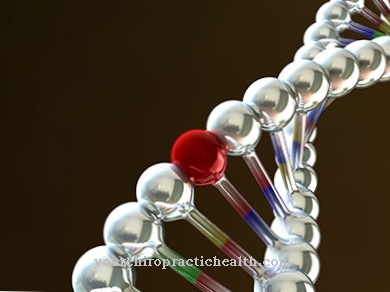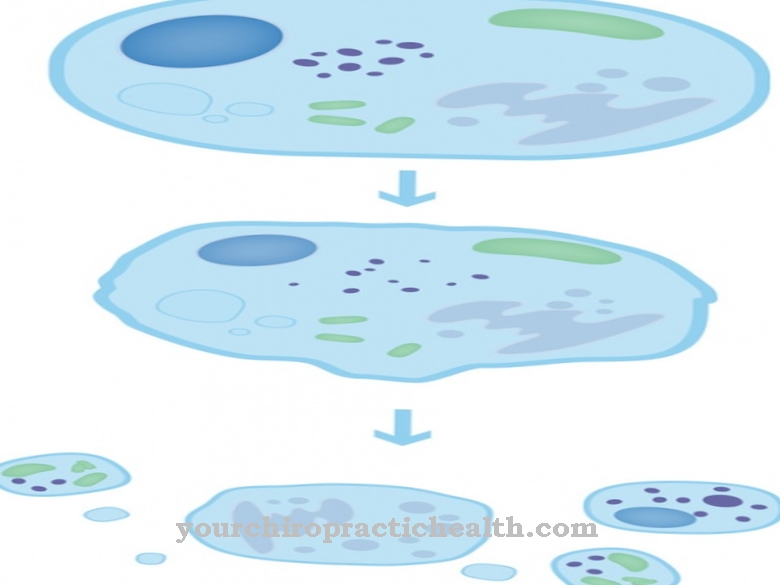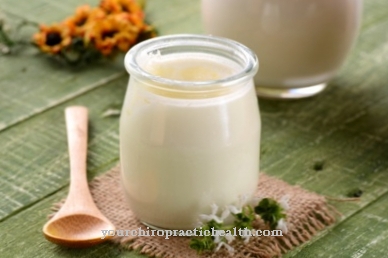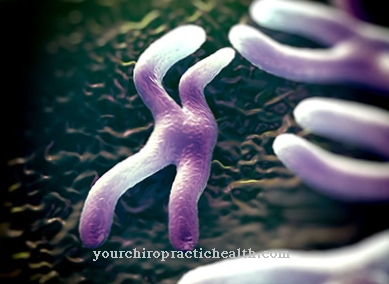Of the small Wiesenknopf with the Latin name Sanguisorba minor is a widespread plant from the rose family and is often found in domestic gardens as an ornamental plant. This type of plant is perennial, i.e. perennial, very robust and can grow to a height of one meter. The stems have leaves arranged in rosettes.
Occurrence and cultivation of the little Wiesenknopf

The leaf stands of the little meadow button have several pairs with ovate to elliptical pinnate leaves. These often reach a size of about two centimeters and have a maximum of nine points. The flowers of the plant have the shape of a spherical head, which can reach a size of up to three centimeters in diameter and have a green to red colored calyx. On the head of the plant are the reddish brush-like stigmas with the hermaphrodite inflorescences below.
At the very bottom are the male inflorescences that are finally maturing and have long stalked and hanging anthers. The so-called fruit cup, the cupula, has the shape of a wrinkled network and also has serrated ridges. The little Wiesenknopf is a sub-Mediterranean plant and its origin is mainly native to Central and Southern Europe. The plant is now spreading from northern Scandinavia to southern North Africa and the Asian region.
The little Wiesenknopf populates all altitudes of the lowlands as well as mountains up to a height of over 1000 meters. This type of plant thrives particularly well in sunny and dry areas and prefers limestone and clay soils. The little Wiesenknopf loves the warmth and proves to be extremely robust against all environmental influences. But even cooler conditions do not bother the adaptable plant.
Effect & application
The little meadow button has been used as a medicinal plant for a very long time. The plant promises healing and relief from wound healing and bleeding. It belongs to the rose family and is now only considered in terms of alternative and natural medicine. Since the small meadow button is very widespread, it is also very popular as an ornamental plant in home gardens. The plant works in different ways.
The substances in the little meadow button mainly have anti-inflammatory, antioxidant, diuretic, hemostatic and astringent effects. Because of these properties, the little meadow button is used in alternative medicine as a wound healing agent, anti-inflammatory and hemostatic agent. The plant can also be used against diarrhea, flatulence and springtime fatigue. The people of antiquity and the Middle Ages already knew the Wiesenknopf.
It can be found in numerous old herbal books. However, it has never been fully clarified which of the many subspecies it was. The Italian doctor and botanist Matthioli wrote a herbal book in the 16th century in which he titled the Oktoberfest button as "Herrgottsbärtlen". The hemostatic and healing effect on wounds of all kinds was already known during this time. In remote provinces of Russia and southern China, the plant is still used in this way today.
The little Wiesenknopf can be made into tea or given straight. The latter is mainly used to stop bleeding, sometimes in conjunction with other medicinal plants. The fresh leaves of the plant also promise a relieving effect on heartburn. The herbal tea is used for sore throats and throat infections. However, only the herb itself is used. The little Wiesenknopf is one of the remedies of traditional Chinese medicine.
Here the plant is used, for example, for bleeding from hemorrhoids or for bloody diarrhea. In traditional Chinese medicine, the connection between the large intestine and the liver is regarded as a reference to the human organs. Some medical studies analyze positive effects on malignant tumors, although there is still no definitive evidence here. In laboratory tests, however, it has already been shown that the root extracts of the little meadow button contain substances that cause cancer cells to die. These substances are the so-called polysaccharides.
Importance for health, treatment & prevention
The little Wiesenknopf is occasionally offered as an ornamental plant in some large specialist garden centers. Due to its filigree simplicity and timeless grace, it is very popular with hobby gardeners. It can also be found as a fresh herb in regional markets such as in the state of Hesse. The reference here applies to the “Frankfurt green sauce”, which is very popular there, for which the little Wiesenknopf is used as a herb.
However, it is not necessary to travel all the way to Hessen to get the little Wiesenknopf as a herb. Online retailing offers numerous opportunities to buy this particular ingredient. There are mainly young plants that can easily be further cultivated in the garden or in pots. The price of the plants is then between two and four euros per piece. Dried and cut goods are also available for use as medicinal plants.
The healing effect of the little meadow button is considerable and should still find favor in alternative medicine today. But the little Wiesenknopf is also ideal for use in the kitchen and food sector or as an ornamental plant for your own garden. By the way, it can often be found under the name "Pimpinelle".

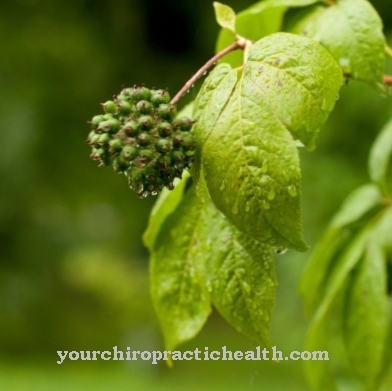
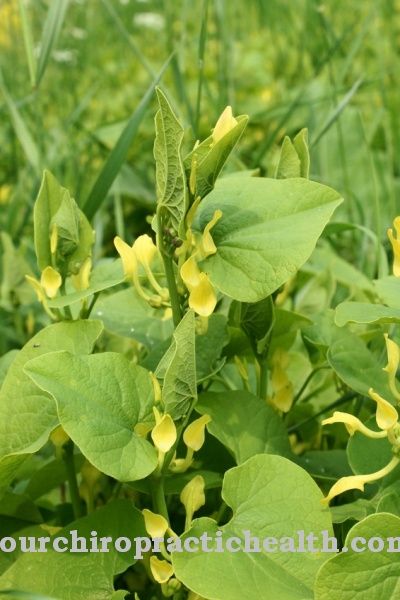

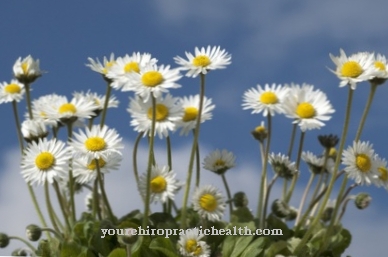
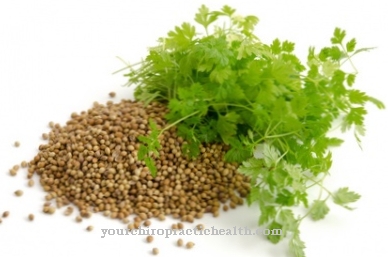






.jpg)
